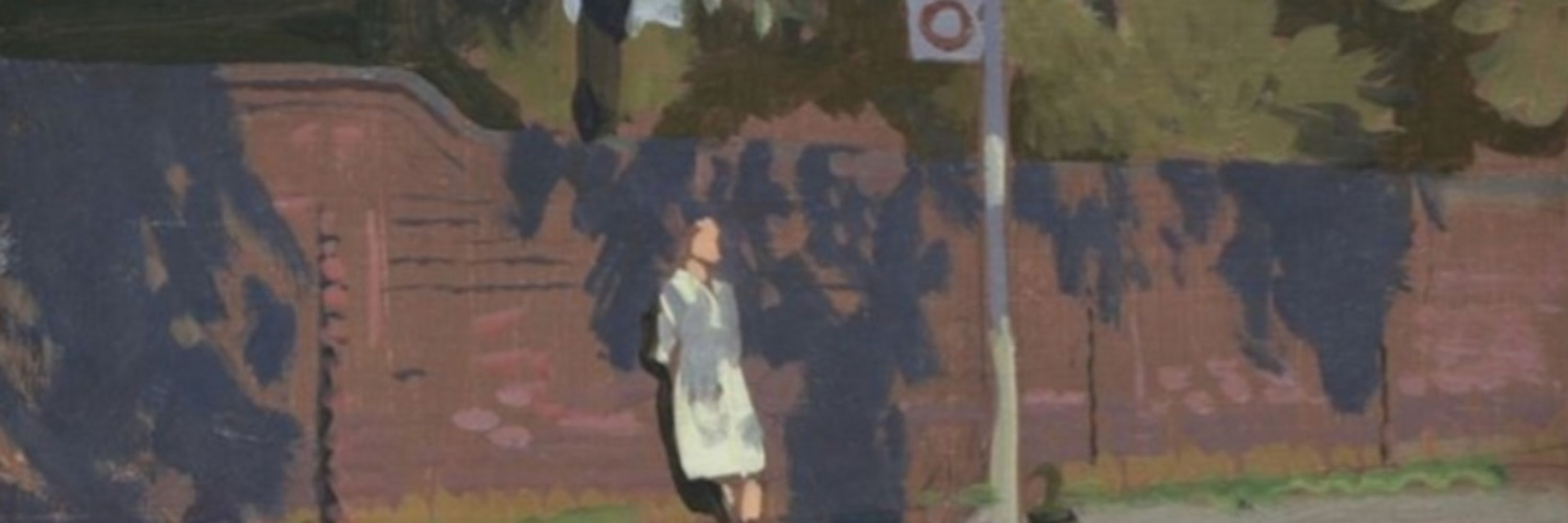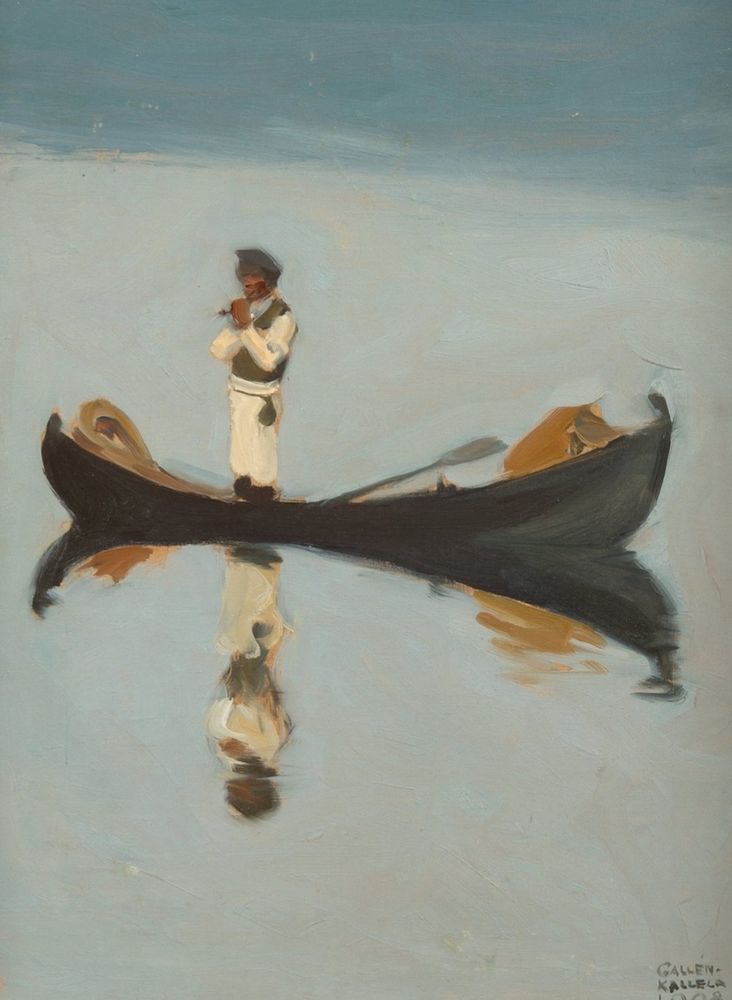
website: richardmorris.org
[email protected]













Please share 🙏🥰 benjaminfallow.etsy.com
Please share 🙏🥰 benjaminfallow.etsy.com











